COPD in the Public Eye: What Is It?
Most people have heard of asthma and lung cancer, but another condition — Chronic Obstructive Pulmonary Disease (COPD) — is one of the leading causes of death worldwide. Despite its prevalence, many people don’t know what COPD actually is, how it develops, or what can be done about it.
In this article, we’ll demystify COPD, explaining what it is, why it occurs, how it affects daily life, and what steps people can take to prevent or manage it.
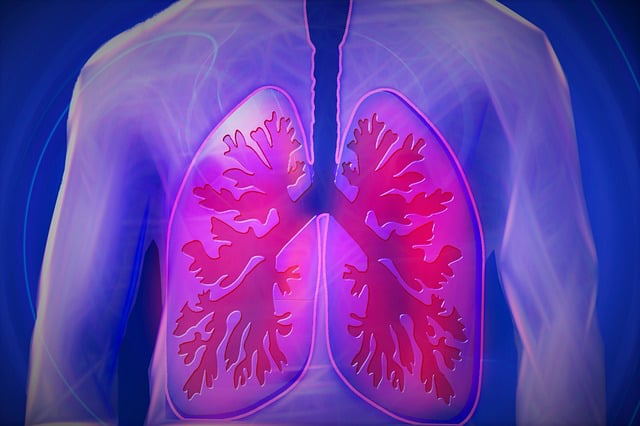
What Does “COPD” Mean?
Chronic Obstructive Pulmonary Disease is an umbrella term that covers two main problems:
Chronic bronchitis — long-term inflammation and narrowing of the airways, often causing a persistent cough with mucus.
Emphysema — damage to the tiny air sacs (alveoli) in the lungs, reducing the lungs’ ability to exchange oxygen.
In modern respiratory medicine, all of the terms “COPD”, “Emphysema” and to a lesser extent “Chronic Bronchiolitis” are used interchangeably.
Together, these changes make it harder to get air in and out of the lungs. COPD is progressive, meaning it usually gets worse over time with continued smoking. But with the right care, its progression can be slowed, and symptoms can be managed.
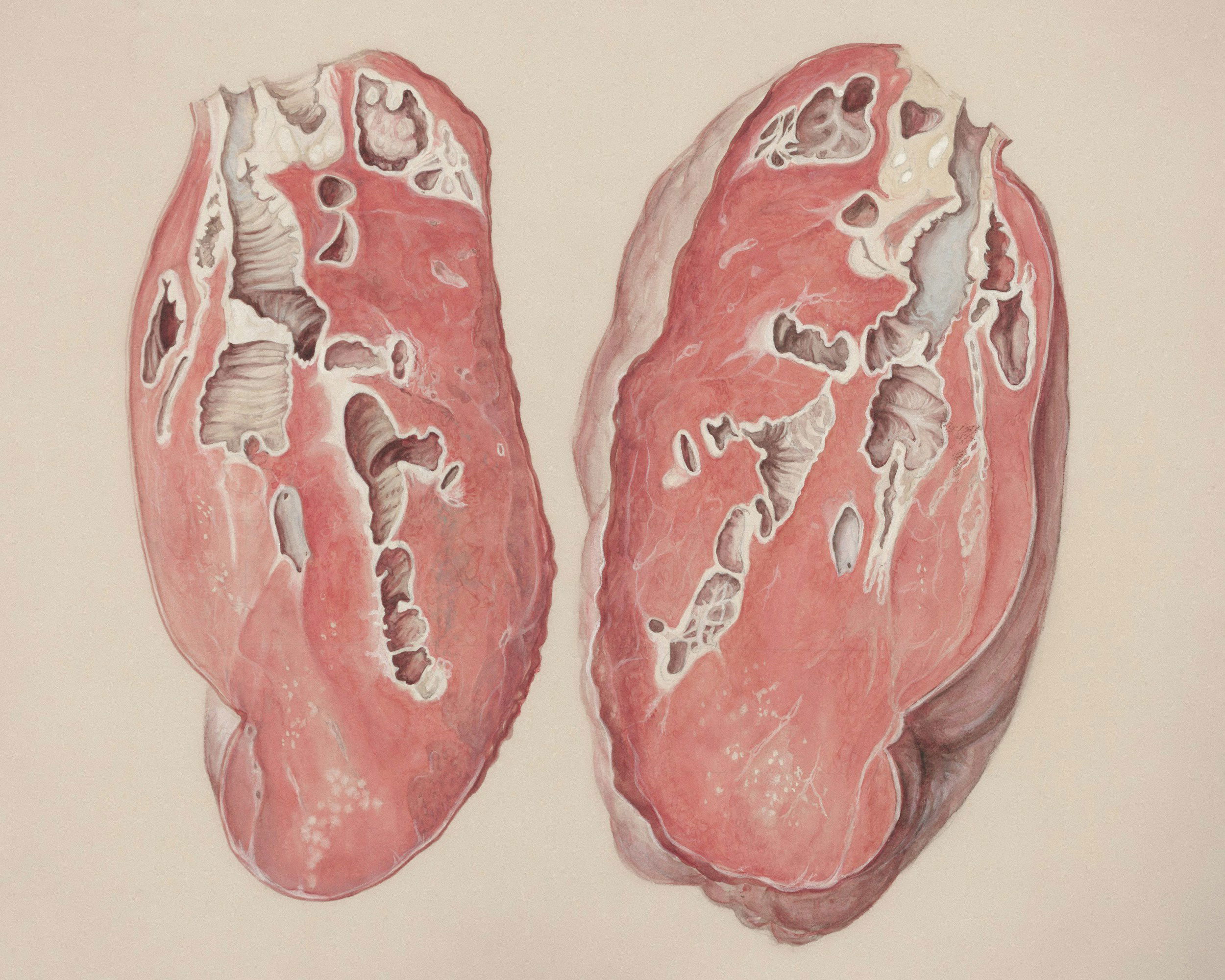
How Common Is COPD?
Globally, COPD is the third leading cause of death.
In the UK alone, it affects about 1.3 million people (though many remain undiagnosed).It’s most common in people over 40, especially those with a history of smoking.Despite its scale, COPD doesn’t receive as much public attention as other major diseases — which is why awareness matters.
What Causes COPD?
The main culprit is long-term exposure to irritants that damage the lungs.
Smoking
Responsible for up to 80-90% of cases.Both current and former smokers can develop COPD.
Air Pollution & Occupational Hazards
Dust, fumes, and chemicals in workplaces (e.g., construction, mining, agriculture).Outdoor and indoor pollution (wood smoke, biomass fuel) also play a role. This is usually combined with smoking and genetics, and is more difficult to be the only cause of COPD.
Genetics
A rare inherited condition called alpha-1 antitrypsin deficiency can predispose people to COPD, even if they’ve never smoked.
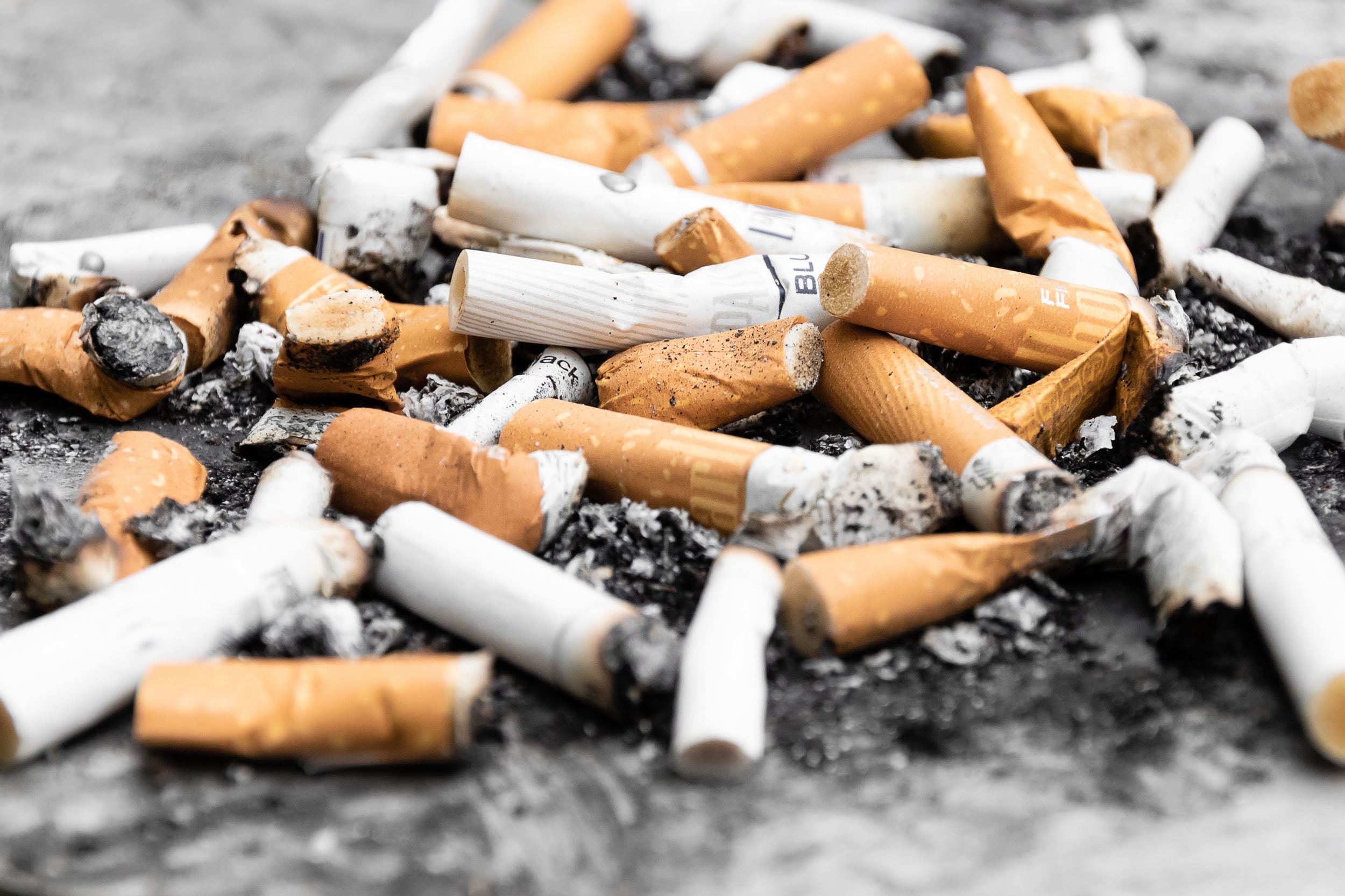
Symptoms of COPD
COPD develops slowly, which means people often ignore early symptoms or blame them on ageing. Common signs include:
- Persistent cough (sometimes called a “smoker’s cough”).
- Bringing up phlegm or mucus regularly.
- Breathlessness on exertion (climbing stairs, walking briskly).
- Wheezing or noisy breathing.
- Frequent chest infections that take longer to recover from.
As the disease progresses, symptoms worsen and can significantly limit daily activities.
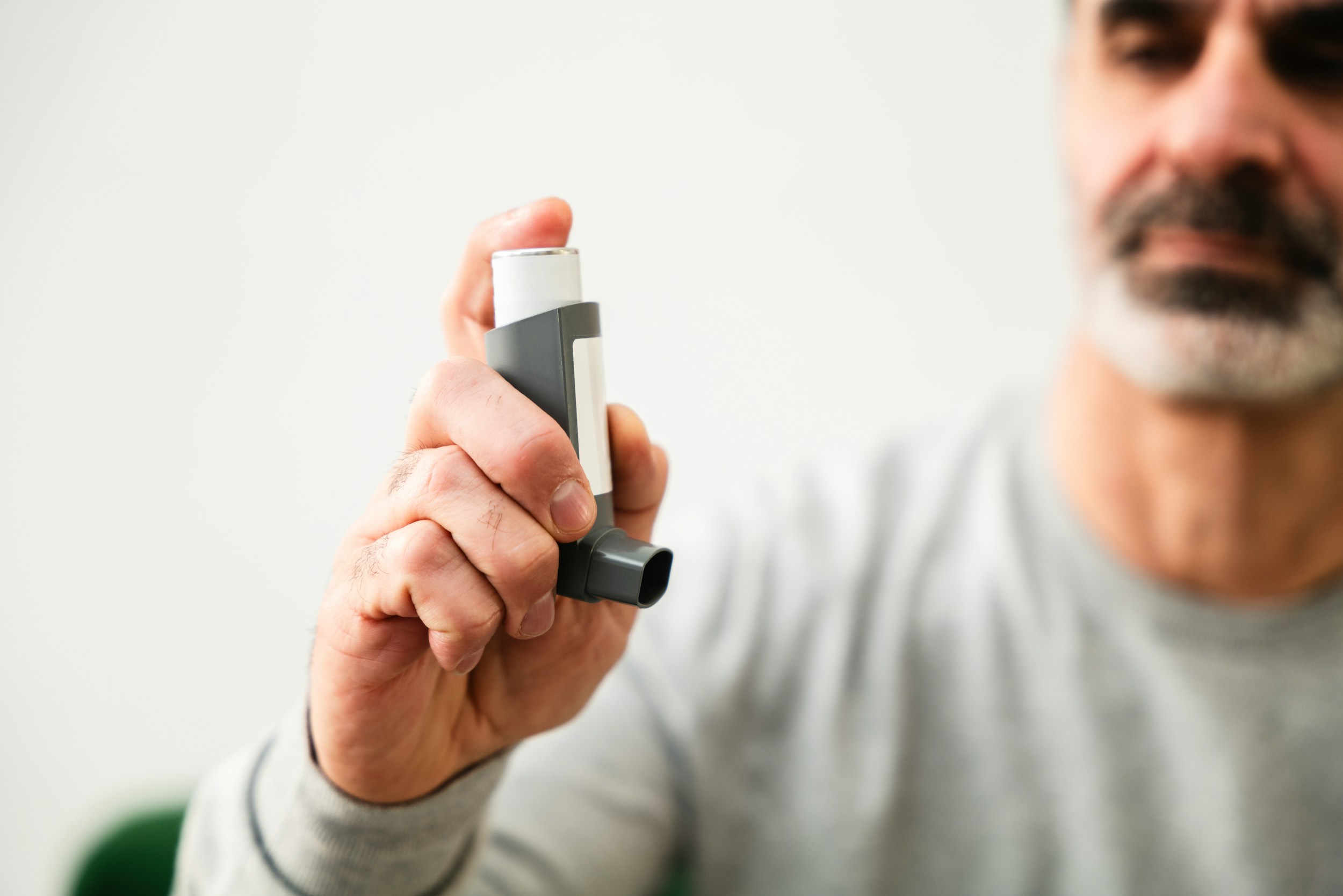
How Is COPD Diagnosed?
Doctors usually confirm COPD with:
- History & Symptoms: smoking history, chronic cough, breathlessness.
- Spirometry (or full lung function test): measuring how much air you can blow out and how quickly.
- Imaging: sometimes chest X-rays or CT scans to assess lung damage.
Early diagnosis is crucial. Many people only get diagnosed when their lung function is already severely reduced.
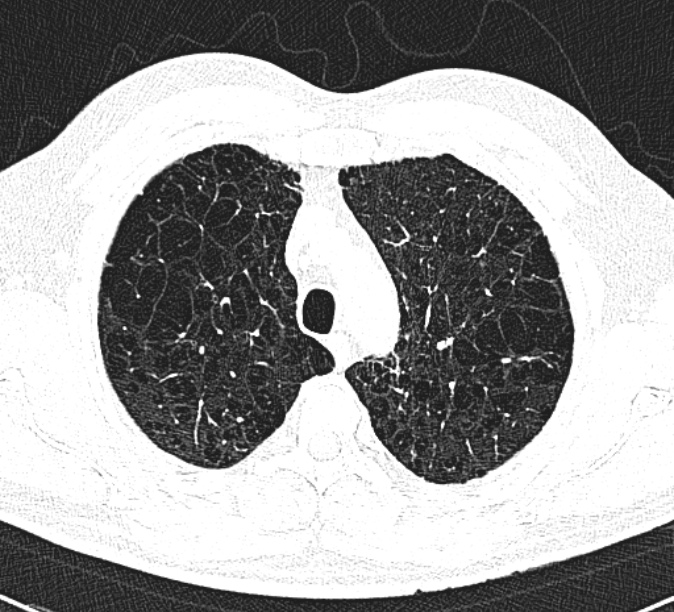
Living with COPD
COPD affects more than just the lungs. People often experience:
- Fatigue due to low oxygen levels.
- Reduced mobility from breathlessness.
- Anxiety and depression, especially if flare-ups limit independence.
- Strain on families and carers, who help manage symptoms and emergencies.
This is why COPD isn’t just a “breathing problem” — it’s a condition that impacts nearly every part of life.

Exacerbations: Flare-Ups That Can Be Dangerous
People with COPD are prone to sudden worsening of symptoms, known as exacerbations. These flare-ups are often triggered by infections or air pollution and can lead to hospital admissions. Signs of an exacerbation include:
- Marked increase in breathlessness.
- More coughing or phlegm, often with a change in colour.
- Fever or chest tightness.
Prompt treatment (antibiotics, steroids, oxygen, or hospital care) can save lives. Preventing flare-ups is one of the main goals of COPD management.
Can COPD Be Treated?
There is no cure, but many treatments can slow progression and improve quality of life.
Stopping Smoking
The single most effective intervention. Even after years of smoking, quitting improves survival and slows decline.
Inhalers & Medications
- Bronchodilators to relax airway muscles.
- Steroid inhalers to reduce inflammation.
- Combination inhalers for better control.
Pulmonary Rehabilitation
Exercise classes and education sessions designed for people with COPD.Proven to improve fitness, reduce breathlessness, and boost confidence.
Vaccinations
Flu and pneumonia vaccines reduce the risk of serious infections.
Oxygen Therapy
In advanced COPD, some people need long-term oxygen at home.
Surgery or Procedures
In rare cases, lung volume reduction surgery, valves or transplantation may be considered.
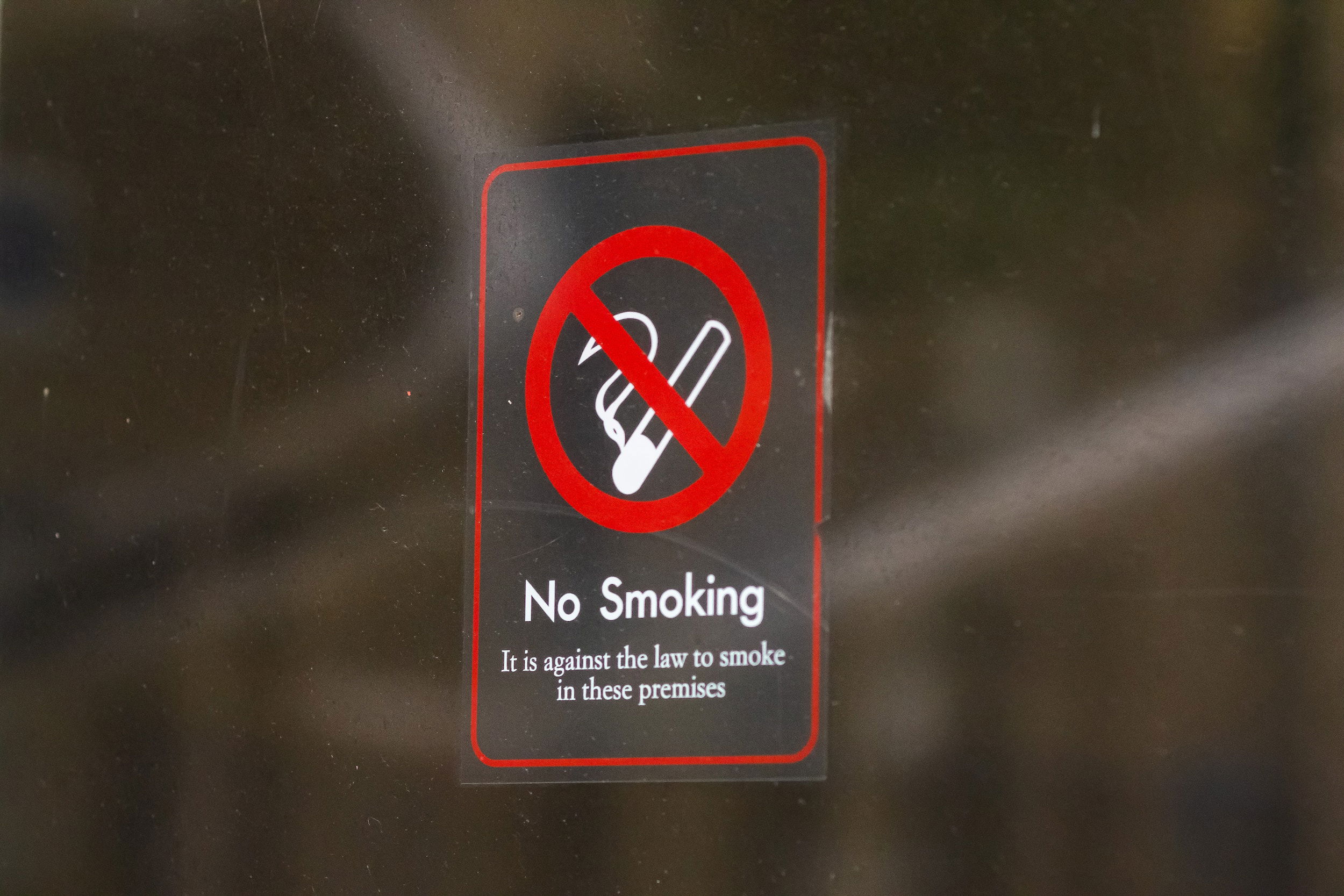
Preventing COPD
The most important steps are:
- Avoid smoking and vaping.
- Protect your lungs at work (masks, ventilation).
- Stay active and maintain a healthy weight.
- Reduce indoor and outdoor air pollution exposure where possible.
Myths About COPD
“Only smokers get COPD.”
False. Non-smokers can develop COPD, especially from pollution or genetics.
“Nothing can be done once you have it.”
False. While it can’t be cured, COPD can be managed effectively with the right care
“It’s just part of getting older.”
False. Breathlessness isn’t inevitable with age — it’s a warning sign.
The Bigger Picture
COPD deserves more attention because:
- It’s common but underdiagnosed.
- It’s preventable in many cases.
- Early diagnosis and lifestyle changes can make a huge difference.
By raising awareness, we can encourage earlier testing, smoking cessation, and better support for those living with the disease.

Key Takeaways
- COPD is a chronic lung disease caused mainly by smoking.
- Symptoms include cough, mucus, breathlessness, and wheeze.
- It develops gradually and is often underdiagnosed.
- While incurable, COPD can be managed with inhalers, rehab, and lifestyle changes.
- Early recognition and prevention are vital.